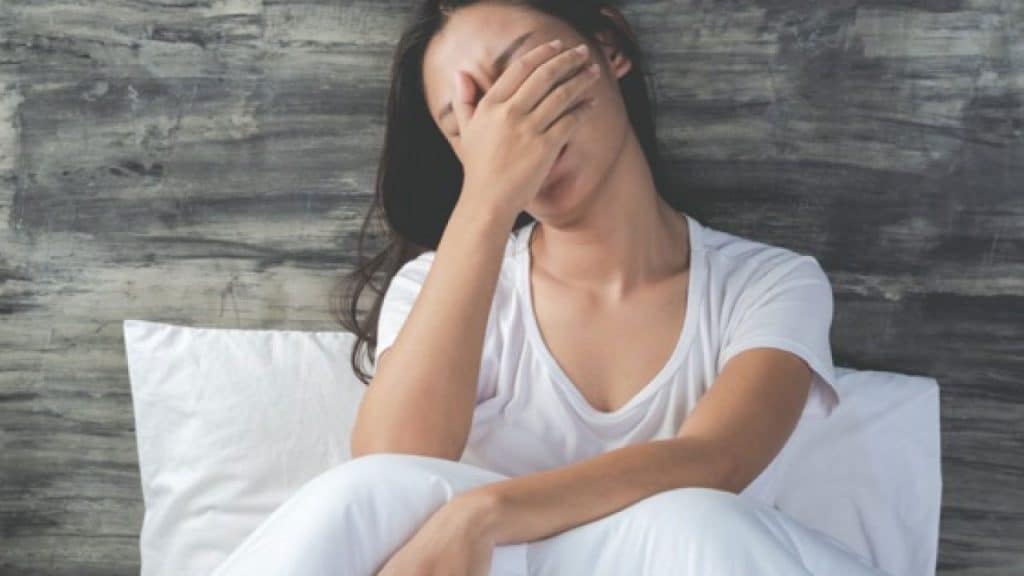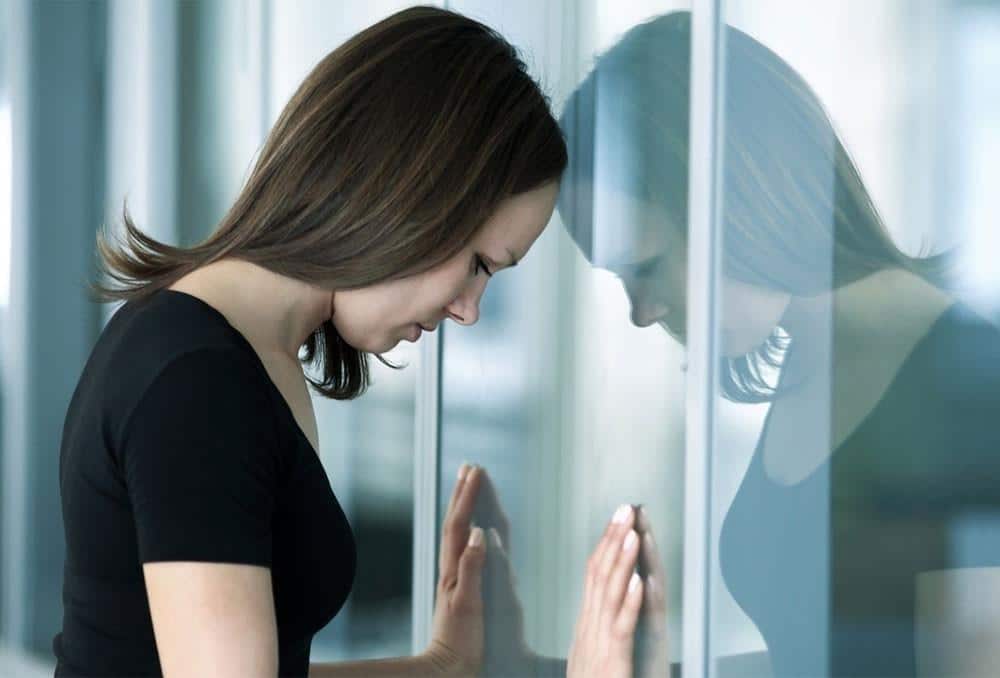Depression is a word that may be used to describe a general state of low mood or a range of mental health conditions that come under the heading of mood disorders. There are some things in common between them, but it can be pretty helpful to understand what each kind means.
If you’re thinking of the kind of clinical depression that can be diagnosed by a doctor or psychologist, you might be thinking of what’s called a major depressive disorder (MDD). Symptoms include a loss of interest or energy for activities you may have once enjoyed as well as low self-esteem.
Diagnosis of a major depressive disorder relies pretty heavily on self-reporting and psychological testing – you can’t just look at your brain and tell for sure. This can make things tricky because people with depression often don’t want to admit when something is wrong. After diagnosis, treatment may include medication, therapy or a mix of both.
You may also hear about a type of depression known as dysthymia, or persistent depressive disorder (PDD). It has very similar symptoms to MDD, though not necessarily as acute. The main difference is that it lasts for longer periods, making it chronic.
Post-partum depression is known for occurring specifically after birth. Even fathers and partners can experience it, although it’s most associated with mothers. Most women will have some emotional struggles during and after pregnancy, both because of changing hormone levels in the body and because of the kind of stress it can put on a life. If it continues and gets more serious for weeks after the birth, you may need to talk to your doctor or another medical professional.
There’s a condition called Seasonal Affective Disorder that may also be considered a form of depression. As the name suggests, this has symptoms that only show at certain times of the year. You may feel fine all summer, but as the weather gets colder and darker through the winter months, you start to experience signs of depression. The symptoms may get bad for a while, but when things start to brighten up again, so will you.
There are other categories of depression, such as psychotic depression. This can combine the symptoms of depression with the symptoms of psychosis, such as delusions and hallucinations. Melancholic depression, atypical depression and catatonic depression are all other designations that you may encounter.
Depression can also be a feature of other conditions, such as bipolar disorder, where periods of depression are interspersed with periods of mania. You may also be likely to experience other conditions, such as anxiety, at the same time as depression.
What is common among all forms of depression is that they can cause significant difficulties in trying to live your life the way you want to live it. If your low moods, whatever the cause, are stopping you from achieving your goals or enjoying your usual activities, you don’t have to put up with it. Seek professional help, and you may find there’s some combination of medication and therapy that can work for you.




